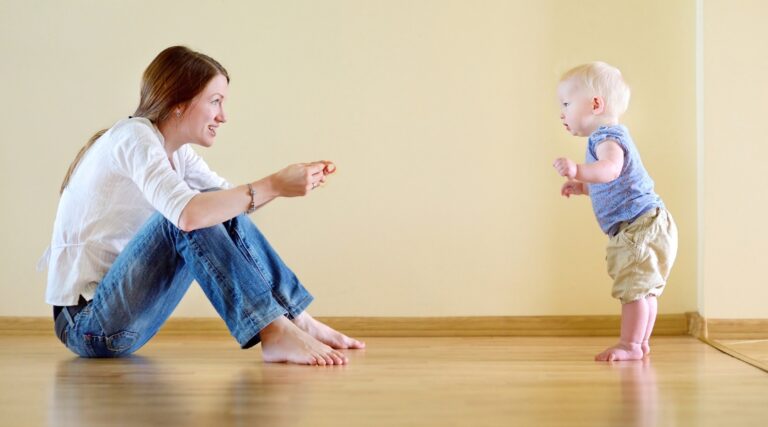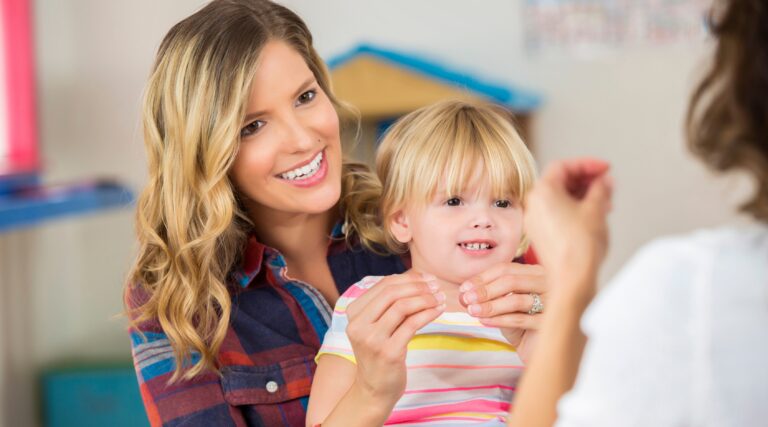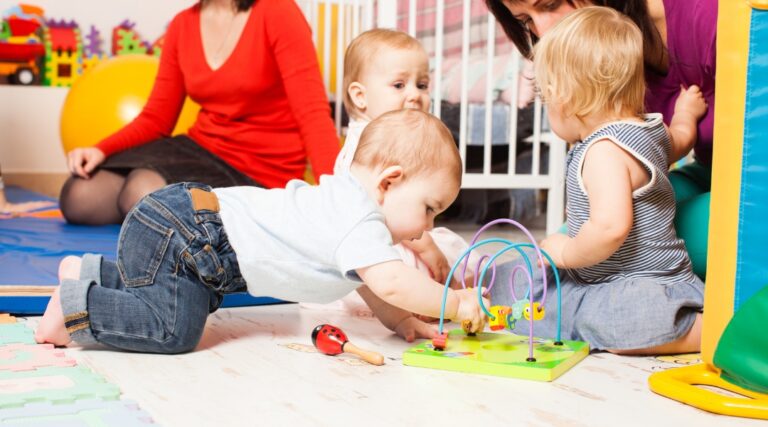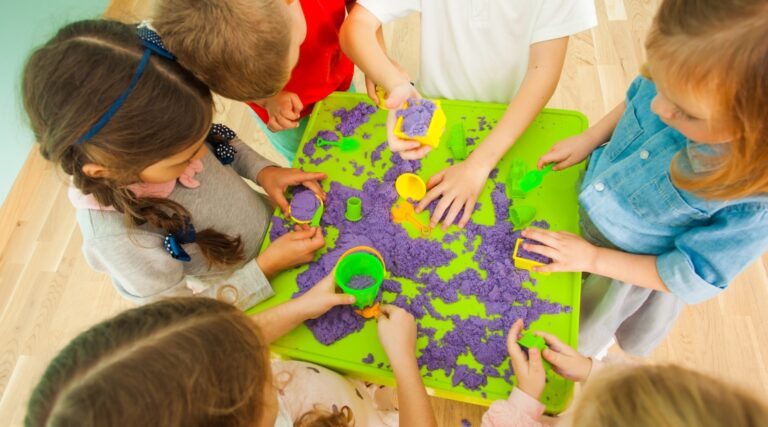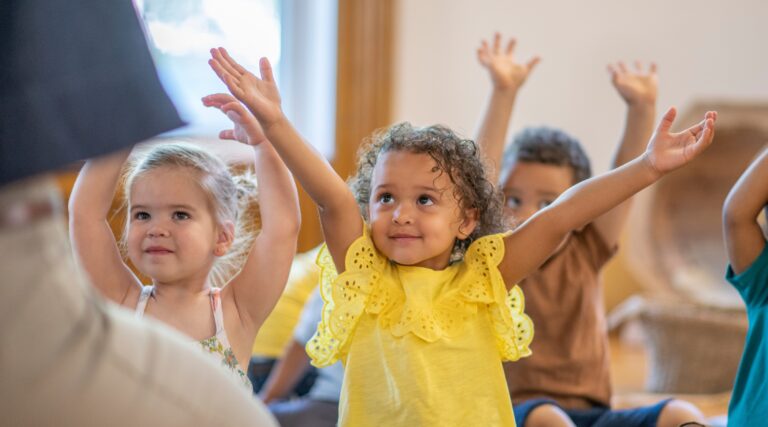The Benefits of Loose Parts Play for Young Children
At Little Pioneers, Godwin Street, Forster, we are passionate about providing children with enriching and diverse play experiences. One approach we wholeheartedly embrace is loose parts play. This type of play involves providing children with a variety of open-ended materials that they can manipulate, move, and combine in countless ways. Here are some of the many benefits of loose parts play for young children.
What is Loose Parts Play?
Loose parts play involves materials that can be used in multiple ways and have no specific set of instructions. These materials can include natural objects like sticks, stones, leaves, and shells, as well as everyday items such as cardboard boxes, fabric scraps, bottle caps, and buttons. The idea is to provide children with resources that inspire creativity and imagination.
Cognitive Development
1. Enhances Creativity and Imagination: Loose parts play allows children to use their imagination to create and invent. With no predetermined purpose, these materials can become anything the child desires, fostering creativity and innovative thinking.
2. Promotes Problem-Solving Skills: When children engage with loose parts, they encounter challenges that require them to think critically and solve problems. They experiment with different combinations and structures, developing their cognitive abilities and resilience.
3. Encourages Independent Thinking: Loose parts play encourages children to think independently and make decisions about how to use the materials. This autonomy helps build their confidence and decision-making skills.
Physical Development
1. Fine Motor Skills: Manipulating small objects like beads, buttons, and pebbles helps develop fine motor skills and hand-eye coordination. These skills are essential for tasks such as writing, cutting, and buttoning clothes.
2. Gross Motor Skills: Larger loose parts, such as tyres, planks, and crates, can be used for building and constructing, promoting physical activity and gross motor development. Children lift, carry, and balance these items, enhancing their strength and coordination.
3. Sensory Exploration: Loose parts provide rich sensory experiences. Children explore different textures, weights, and sizes, which helps them develop a deeper understanding of the physical properties of objects.
Social and Emotional Development
1. Fosters Collaboration: Loose parts play often involves group activities where children work together to build and create. This collaboration promotes social skills such as sharing, negotiating, and cooperating.
2. Encourages Emotional Expression: Children can express their emotions through their creations and play scenarios. Loose parts play provides an outlet for children to explore and manage their feelings in a safe and constructive way.
3. Builds Confidence: Successfully creating something from loose parts can give children a sense of accomplishment and boost their self-esteem. The freedom to experiment and the opportunity to succeed independently are powerful confidence builders.
Educational Benefits
1. Integrates Learning Across Domains: Loose parts play naturally integrates learning across various domains, including science, maths, and literacy. For example, children might sort objects by size or colour (maths), explore cause and effect through construction (science), or create stories around their play (literacy).
2. Encourages Inquiry-Based Learning: Loose parts invite children to ask questions and seek answers through hands-on exploration. This inquiry-based approach aligns with early childhood education principles and supports a love for lifelong learning.
3. Adapts to Different Learning Styles: Every child learns differently, and loose parts play caters to a variety of learning styles. Whether a child is a visual, tactile, or kinaesthetic learner, loose parts provide versatile opportunities for engagement and discovery.
Our Approach to Loose Parts Play
1. Diverse Materials: We provide a wide range of loose parts to inspire creativity and exploration. From natural objects to repurposed materials, our collection is constantly evolving to keep children engaged.
2. Safe Environment: Safety is our top priority. We ensure that all loose parts are safe, clean, and appropriate for the age group. Our educators supervise play to provide support while allowing children the freedom to explore.
3. Child-Led Exploration: Loose parts play is child-led, meaning that children have the autonomy to choose how they want to engage with the materials. Our educators facilitate and support this exploration, encouraging children’s natural curiosity and creativity.
Conclusion
At Little Pioneers, Godwin Street, Forster, we recognise the immense benefits of loose parts play for young children. By providing a rich, diverse environment filled with open-ended materials, we foster creativity, problem-solving, physical development, and social skills. Thank you for partnering with us in nurturing your child’s development through the wonders of loose parts play. Together, we can inspire a lifelong love of learning and exploration.


